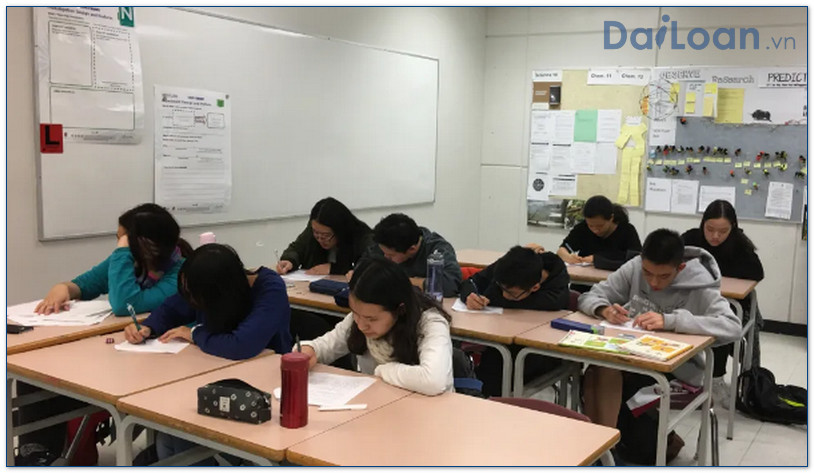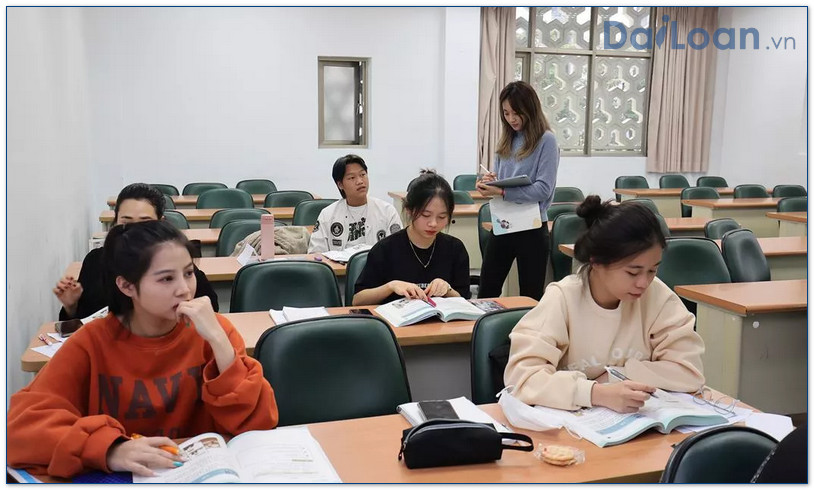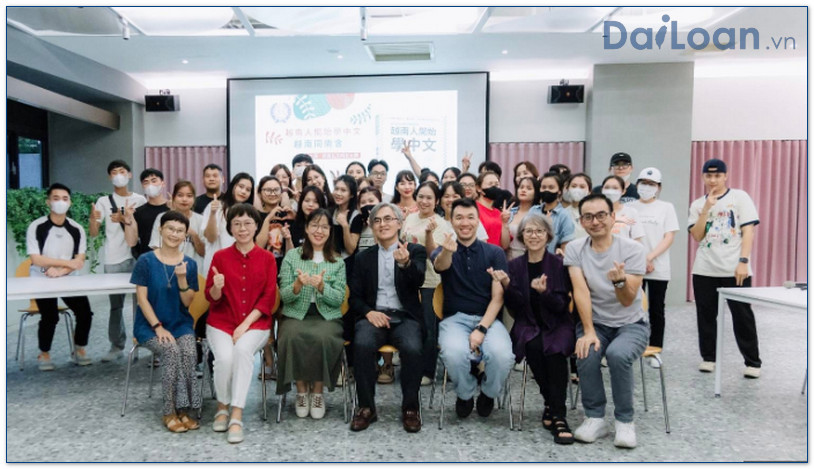Understanding the nuances of a language is essential for effective communication. In Chinese, many expressions convey emotions, attitudes, or actions beyond their literal meanings. One such expression is 聳肩 (sǒng jiān), which encompasses a unique gesture and its cultural significance. In this article, we will explore the meaning of 聳肩, its grammatical structure, and provide examples to illustrate its usage.
What Does 聳肩 (sǒng jiān) Mean?
The term 聳肩 (sǒng jiān) literally translates to “to shrug the shoulders.” This gesture is often used to indicate a lack of knowledge, indifference, or uncertainty about something. While the physical act of shrugging may be common in many cultures, its expression in Chinese carries additional layers of meaning related to social context and emotional expression.
Cultural Significance of 聳肩
In Chinese culture, body language is a crucial aspect of communication. The gesture of 聳肩 is often employed to convey feelings of helplessness or resignation. For instance, if someone is asked about an issue they are not aware of, they may shrug their shoulders to indicate they do not have the answer. This non-verbal communication plays a significant role in maintaining social harmony and expressing humility.
Grammatical Structure of 聳肩 (sǒng jiān)
To fully grasp the use of 聳肩 in sentences, we must analyze its grammatical construction. The phrase is composed of two characters:
in sentences, we must analyze its grammatical construction. The phrase is composed of two characters:
- 聳 (sǒng): This verb means “to rise” or “to lift.” It indicates an upward movement.
- 肩 (jiān): This noun means “shoulder.” It refers specifically to the joint connecting the arm to the body.
When combined, 聳肩 forms a verb phrase that describes the action of lifting one’s shoulders. It can be utilized in various grammatical contexts, including affirmative, negative, and interrogative sentences.
Forming Sentences with 聳肩
Here are a few examples that illustrate the grammatical versatility of 聳肩:
Affirmative Sentences
1. 他聳肩表示他不知道答案。 (Tā sǒng jiān biǎoshì tā bù zhīdào dá’àn.)
This translates to: “He shrugged his shoulders to indicate that he didn’t know the answer.”
Negative Sentences
2. 她不聳肩,她知道事情的真相。 (Tā bù sǒng jiān, tā zhīdào shìqíng de zhēnxiàng.)
This translates to: “She didn’t shrug her shoulders; she knew the truth of the matter.”
Interrogative Sentences
3. 你聳肩是因為不確定還是因為無所謂? (Nǐ sǒng jiān shì yīnwèi bù quèdìng háishì yīnwèi wúsuǒwèi?)
This translates to: “Did you shrug your shoulders because you’re uncertain or because you don’t care?”
Example Sentences Using 聳肩
To further understand how  聳肩 fits into everyday conversation, here are a few more sentences:
聳肩 fits into everyday conversation, here are a few more sentences:
- 在會議上,他聳肩表示他對提案不感興趣。(Zài huìyì shàng, tā sǒng jiān biǎoshì tā duì tí’àn bù gǎn xìngqù.)

“In the meeting, he shrugged his shoulders to show that he was not interested in the proposal.” - 當我問她為什麼不來,她只是聳肩。(Dāng wǒ wèn tā wèishéme bù lái, tā zhǐshì sǒng jiān.)
“When I asked her why she didn’t come, she just shrugged.” - 我不知道如何解釋這個問題,所以我聳肩。(Wǒ bù zhīdào rúhé jiěshì zhège wèntí, suǒyǐ wǒ sǒng jiān.)
“I don’t know how to explain this issue, so I shrugged.”
Conclusion
The expression 聳肩 (sǒng jiān) is a valuable addition to any learner’s vocabulary, offering insights into non-verbal communication and cultural nuances in the Chinese language. By understanding its meaning, grammatical structure, and various usages, not only can you enhance your language skills, but also deepen your appreciation of Chinese culture. So, the next time you find yourself uncertain or indifferent, remember the power of a simple shoulder shrug!

Sứ mệnh của Chuyên là giúp đỡ và truyền cảm hứng cho các bạn trẻ Việt Nam sang Đài Loan học tập, sinh sống và làm việc. Là cầu nối để lan tỏa giá trị tinh hoa nguồn nhân lực Việt Nam đến với Đài Loan và trên toàn cầu.
CÓ THỂ BẠN QUAN TÂM
Du học Đài Loan
Lao Động Đài Loan
Việc Làm Đài Loan
Đơn Hàng Đài Loan
Visa Đài Loan
Du Lịch Đài Loan
Tiếng Đài Loan
KẾT NỐI VỚI CHUYÊN
Zalo: https://zalo.me/0936126566
Website: www.dailoan.vn




